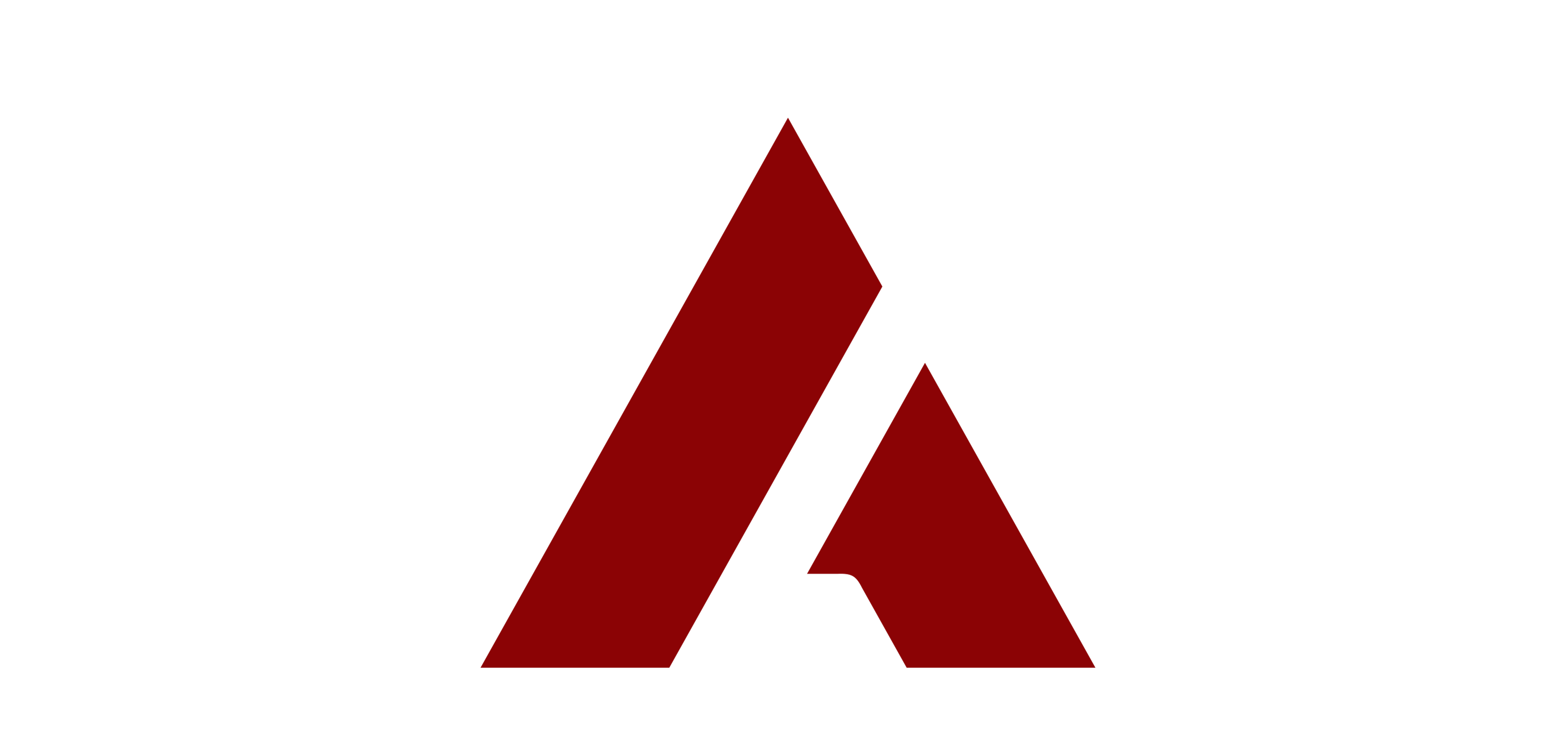Five NIL Trends To Look Out For
Heading into the third month of the NIL era, the intercollegiate athletics landscape is settling into a new normal.
Article
Heading into the third month of the NIL era, stakeholders throughout the intercollegiate athletics landscape are settling into a new normal. NIL regulations remain varied state-by-state and school-by-school, companies are engaging in college athlete partnership opportunities in a variety of ways, and the NCAA is set to undergo an organizational overhaul in the coming months. Bottom line: There are still many unknowns within this new era and a great deal of evolution to come. At Altius Sports Partners (ASP), we have the privilege of helping college athletes, institutional constituents and other partners navigate this uncertainty, and our firsthand experience has revealed five emerging trends that athletics departments must continue to monitor and prepare for in the NIL space.
Institutional & College Athlete Partnership Overlap
Prior to NIL going live on July 1, an initial concern of many college athletics administrators was that institutional donors and corporate partners may shift their financial support from school initiatives to individual college athlete NIL deals. However, we have not yet seen significant overlap between institutional sponsors and brands partnering with college athletes. In general, companies partnering with college athletes are smaller in scale than the brands that sponsor institutions and their athletics programs. Most companies that have delved into the NIL space are using college athlete partnerships to spearhead widespread social media marketing efforts that capitalize on the target demographics represented by college athletes’ online followings. By and large, these brands have no previous formal affiliation within college athletics. The few with existing ties to athletics departments, such as Bojangles, have not engaged in NIL deals in lieu of institutional support. Rather, they have added college athlete endorsements as an additional marketing vertical. This trend should help assuage some initial concerns while offering insight into the unique market power of college athletes’ platforms.
Multimedia Rights Opportunities
Not only have institutional supporters not shifted their sponsorship and fundraising dollars away from athletics departments, but NIL has created new opportunities for schools and their multimedia rights (MMR) partners to leverage the landscape and make the pie bigger for all stakeholders. The key to identification and execution of new MMR opportunities is intentional and consistent communication. This begins with all parties — internal and external — understanding institutional NIL policies (and state laws, if applicable) and the subsequent procedures for practical application. As long as athletics departments play by the (currently broad) NCAA rules and MMR parties adhere to the institution’s related policies, there is room to walk the line of maximizing opportunities while not crossing it. Within an open-minded and communicative environment, the healthy tension between protecting a school’s sponsorships while exposing college athletes to new and exciting possibilities has the potential to unearth unique solutions, enhance brand exposure, and even create new sponsorship categories. ASP CEO Casey Schwab penned an article in Sports Business Journal further unpacking revenue generation strategy and potential in the NIL era.
Group Licensing
Another way in which athletics departments are permissibly providing opportunities to college athletes (while growing their own revenue) is through group licensing, which presents an opportunity for college athletes to monetize their NIL in conjunction with school marks/intellectual property through licensing deals involving multiple college athletes. Group licensing traces its roots back to the 1960s with Major League Baseball and has since been adopted in nearly every American professional sport/league, including the NFL, NBA, WNBA, MLS and USWNT. With new NIL rights available to college athletes, applying a group licensing model at the college level is a natural progression to expand revenue generation opportunities for both college athletes and athletics departments. That said, related education of all stakeholders — college athletes, their parents, coaches, and athletics department support staff — is critically important. College athletes and those whom they lean on for guidance must understand the what, why, where and how of group licensing prior to implementation of a program. Group licensing is a new and exciting opportunity for college athletes, athletics departments, and brands alike, and it will require understanding and buy-in from all parties to come to fruition and reach its full potential.
International College Athletes
One group that has been universally excluded from the NIL conversation is international college athletes. The NCAA recommends that international college athletes work with the federal government to understand the implications of NIL activities on their visa; however, U.S. Citizenship and Immigration Services has yet to provide related guidance. As most international travel visas preclude students from earning a substantial income or working off campus while enrolled in school, international college athletes may jeopardize their short- and long-term ability to remain in the U.S. or obtain visas or other immigration benefits in the future by engaging in compensated NIL activities. Some legal opinions have suggested that passive income (e.g., group licensing) is permitted for international students in F-1 status and does not violate their F-1 visa status, however it is essential for each institution to seek confirmation through its campus international office which may advise international college athletes to stay away from NIL activities. The exclusion of these individuals from the NIL market is an unfortunate byproduct of the patchwork regulatory framework under which NIL currently exists.
While international college athletes may not yet engage in NIL activities, it is imperative that they prepare for future regulatory changes — whether those changes come while they are still in college or perhaps while they are competing as a professional. International college athletes may productively use this time in limbo to position themselves for future NIL opportunities by developing their personal brand and online presence, as well as establishing networks within local markets. The heightened media attention surrounding NIL will not last forever, and college athletes are best served if they capitalize on its current traction by initiating these branding efforts now. It is important to recognize that if and when international college athletes are permitted to enter the NIL market, their activities may garner increased scrutiny and be subject to additional regulations compared to that of their domestic peers. Therefore, a fundamental understanding of the innerworkings of visa implications and trade rules must be included in all comprehensive institutional NIL frameworks.
Possible Social Media Endorsement Pitfalls
Thus far, enforcement of NIL regulations and policies resides largely and almost exclusively at the institutional level. The NCAA remains weary to take regulatory action on the heels of the Alston Supreme Court case and most state NIL laws do not govern implications regarding athlete eligibility. This dynamic has caused confusion as to what types of NIL actions are actively prohibited and in how and where institutions should focus their compliance monitoring efforts. What is less emphasized, however, are the broader regulatory policies at play for many college athlete endorsement deals. For example, the prevalence of social media endorsements in the NIL market puts college athletes under the jurisdiction of the Federal Trade Commission — far beyond the bounds of NCAA regulations and institutional policies.
FTC disclosure guidelines require an individual to “clearly disclose any material connection” with a brand, company, or product they’re promoting on social media. The specifics of such disclosure are borne out in detail by the FTC, but there is a general lack of understanding about these rules among stakeholders in the NIL conversation. In addition to raising institutional compliance concerns, failure to comply with these endorsement regulations may put college athletes and brands in legal trouble beyond the scope of the NCAA. Institutions proactively translating NIL policies into comprehensive procedures that college athletes may employ during the execution of deals is the most effective approach to curtailing these potential missteps.
ASP will continue to follow these trends closely and work with partner schools to optimize their approach to NIL. For more information on our comprehensive solutions, please reach out to general@altiussp.com


